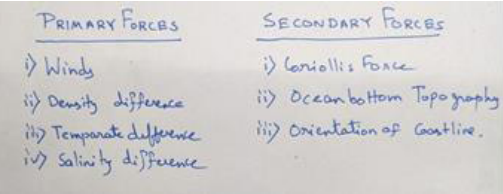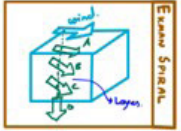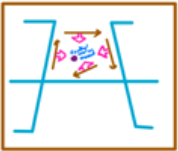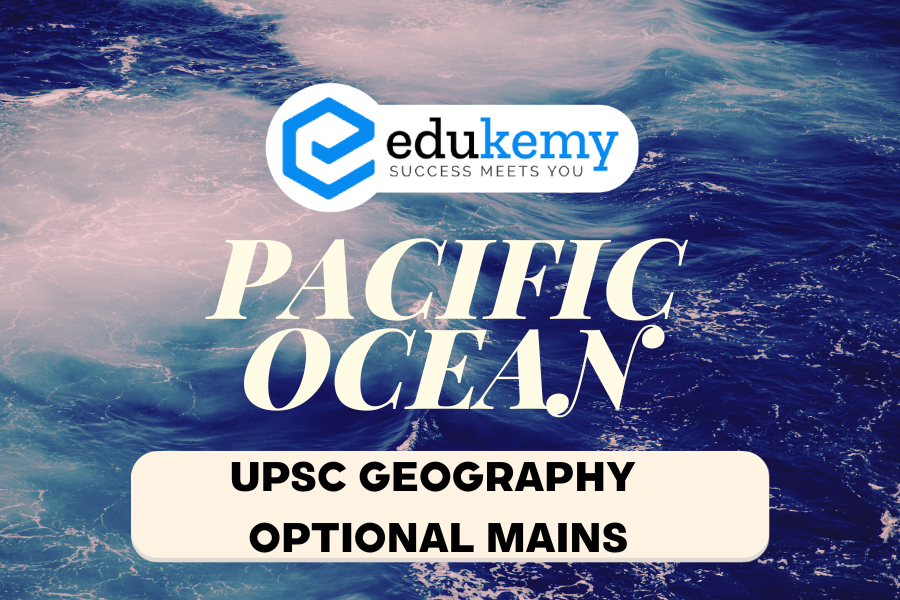
The vast, swirling veins of the Pacific Ocean, its currents, are not merely passive carriers of water. They are a dynamic system pulsating with life, sculpted by a mesmerizing interplay of forces. Wind, born from the sun’s caress on the waves, tugs at the surface, setting the first dance. Earth’s spin, a cosmic choreographer, deflects the flow, weaving intricate pirouettes. Temperature and salinity, the ocean’s internal rhythms, join the ballet, their contrasting densities driving deep, glacial movements. These grand currents, their paths etched across millennia, not only dictate the ocean’s pulse but also paint the canvas of coastal climates with vibrant strokes, influencing everything from balmy tropical paradises to the bone-chilling embrace of polar latitudes. In the Pacific, they whisper tales of warm El Niños and chilling La Niñas, shaping weather patterns and nourishing, or sometimes throttling, life along its diverse shores. So, let us dive into this liquid symphony, its rhythms dictating the fate of land, and explore the breathtaking story of how the Pacific Ocean’s currents are born, and how they paint the tapestry of coastal climates with their liquid brushstrokes.
Contents
Answer
Ocean Currents are relatively narrow bands of water circulating along the coast. They have good potential to change the climate of the coast and be a major carrier of global heat balance. Generally it seems like ocean currents are dragged by winds,but in reality Ocean currents system is a very complex system.


Generation of Ocean Currents:
1.Surface Ocean Currents:
(i) Currents Parts of Ocean Gyres:
- Winds are the primary force for currents.
- Winds impact surface water directly, as layers move, they drag the subsequent layers.

- Layers move as Ekman spirals as coriolis effects.
- Spiral Water Column deflect at 90’ of the moving wind- Ekman Transport.
- Ekman transport associated with trade winds,westerlies- this force water to pile up as central water mound.

- As the water slides down from CWM it spirals clockwise in the northern hemisphere and anticlockwise in the southern hemisphere- Ocean Gyre.
Thus these currents are generated. (ii) Other factors generating Ocean Current
Density Variation, Salinity Variation, and Temperature Variation
➔ EG: Due to the salinity and density difference between the mediterranean sea and the Atlantic sea- more dense water of the Mediterranean Sea sinks to the floor and compensatory current flows from the Atlantic sea to the mediterranean sea through Gibraltar strait.
2. Deep Currents
- Deep currents circulation because of the density difference of water masses.
- Due to cold temperatures high dense and saline water polar water goes through brine rejection water masses sink in the polar area.
- Water masses after settling move horizontally and eventually upwell and this circulation goes on.
Effects of coastal climate due to currents of Pacific Ocean:
- Surface ocean current affects and condition the weather and climate of the continental and island location- closer to definite ocean current.
Warm Kuroshio Current and Warm and Moist temp of Eastern Japan Coast–
- ● W. Kuroshio Current carries warm subtropical current to Japan’s coast bringing a hot and humid climate and heavy rainfall.
North Pacific current and relative moderate weather of Alaska Northwestern Canada-
- It reduces the impact of Alaska’s current and California’s current and comparative warm temp in this region.
Cold Kurile Current and cold condition of northern japan
- Responsible for heavy snowfall in Hokkaido region, Japan
ElNino & Warm and humid climate of Peru and chile:
- El Nino conditions warm water coming to Peru coast result in 6 times more rainfall in Peru and Chile and warm and moist conditions.
- It results in very less fishing in Chile and also helps agriculture in chile.
LaNina and dry and cold conditions of Peru and Chile:
- LaNina- results in extreme cold and dry conditions in this region and drought in this region.
- LaNina also results in major storms and cyclones in eastern Australia.
Cold Humboldt Current and Atacama desert
Dry conditions in Chile and the Atacama Desert in Chile.
Advection fog in East Japan coast:
- Warm Kuroshio and cold Kurile current mix with each other and temp inversion and advection fog in this region.
Ocean currents are major controllers of world climate – which has effects on marine resources, trade, and transport– moreover Blue Economy. Climate Change due to Global Warming and other Anthropogenic activity increasing, which have the potential for permanent changes in ocean circulation, which pose a great threat to the natural cycle of heat transfer, marine ecology, resources etc. To mitigate in Climate change situation it is very important to consider Ocean Currents.
In case you still have your doubts, contact us on 9811333901.
For UPSC Prelims Resources, Click here
For Daily Updates and Study Material:
Join our Telegram Channel – Edukemy for IAS
- 1. Learn through Videos – here
- 2. Be Exam Ready by Practicing Daily MCQs – here
- 3. Daily Newsletter – Get all your Current Affairs Covered – here
- 4. Mains Answer Writing Practice – here

